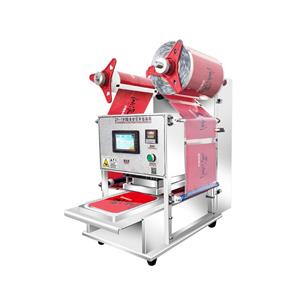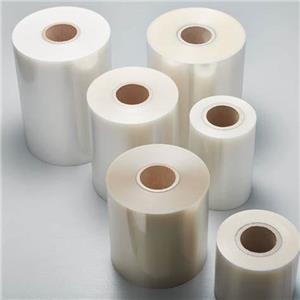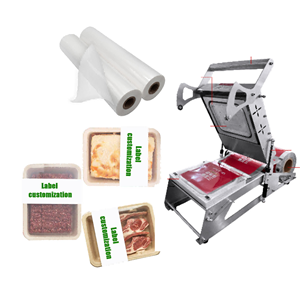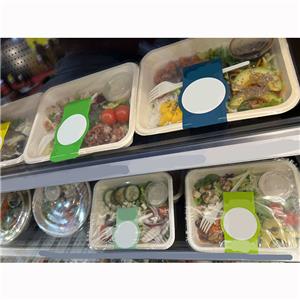Are Coffee Cup Lids Recyclable? The Eco-Friendly Truth & A Better Solution
You've just finished your morning latte, and you're standing in front of a recycling bin, lid in hand, wondering: are coffee cup lids recyclable? The short answer is: it's complicated and often not possible. The recyclability of your disposable coffee cup lid depends on the plastic it's made from and your local recycling facility. But what if there was a better way? This guide will not only cut through the confusion but also introduce you to a truly sustainable innovation: compostable sugarcane fiber lids that are changing the game.
Why Most Plastic Coffee Lids End Up in Landfills
To understand the problem, you need to know what plastic are coffee lids made of. Most are marked with a Resin Identification Code (RIC).
#5 Polypropylene (PP)
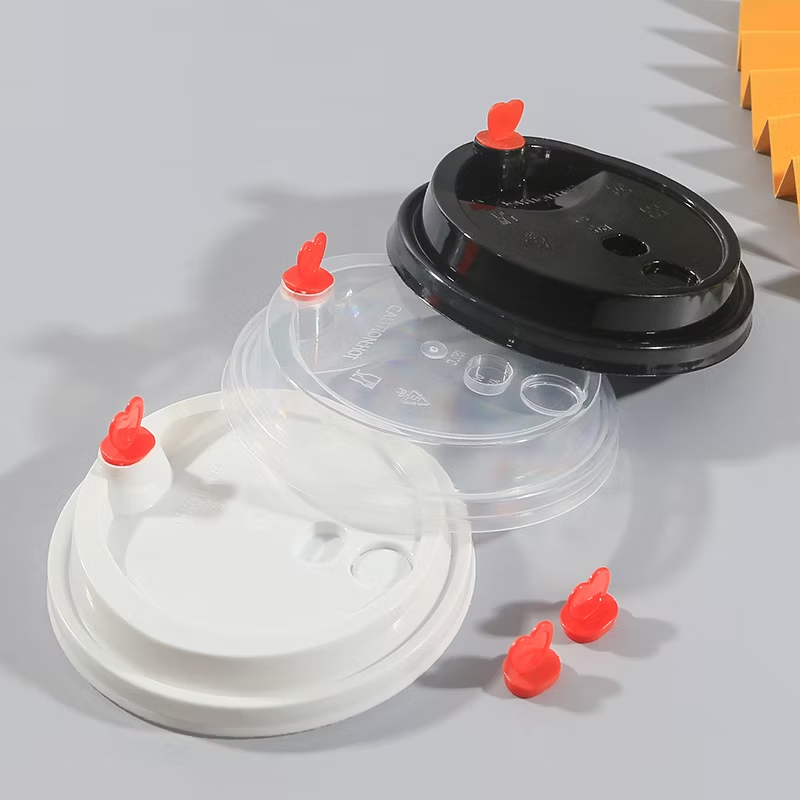
This is the most common material. While #5 plastic is technically recyclable, many municipal programs do not accept it due to low market demand. Even when they do, lids must be perfectly clean and dry to be processed—a step often missed by consumers.
#6 Polystyrene (PS) & Black Plastic
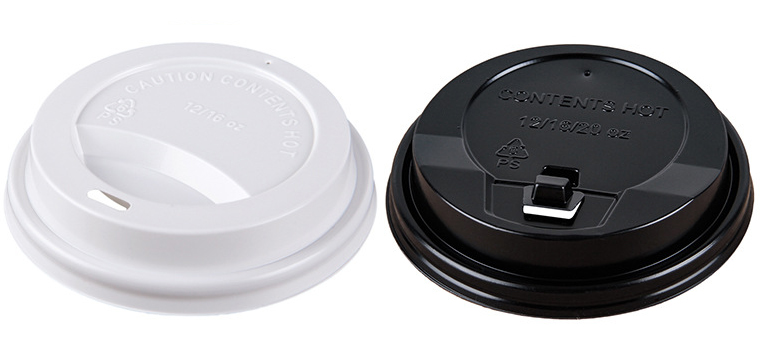
#6 plastic is rarely recyclable. Black plastic lids, even if made from #5, are almost always trashed because recycling facility scanners can't detect the black pigment.
The result? The vast majority of these plastic lids, despite our best intentions, contribute to pollution and landfill waste.
The Sustainable Solution: Introducing Sugarcane Fiber Lids
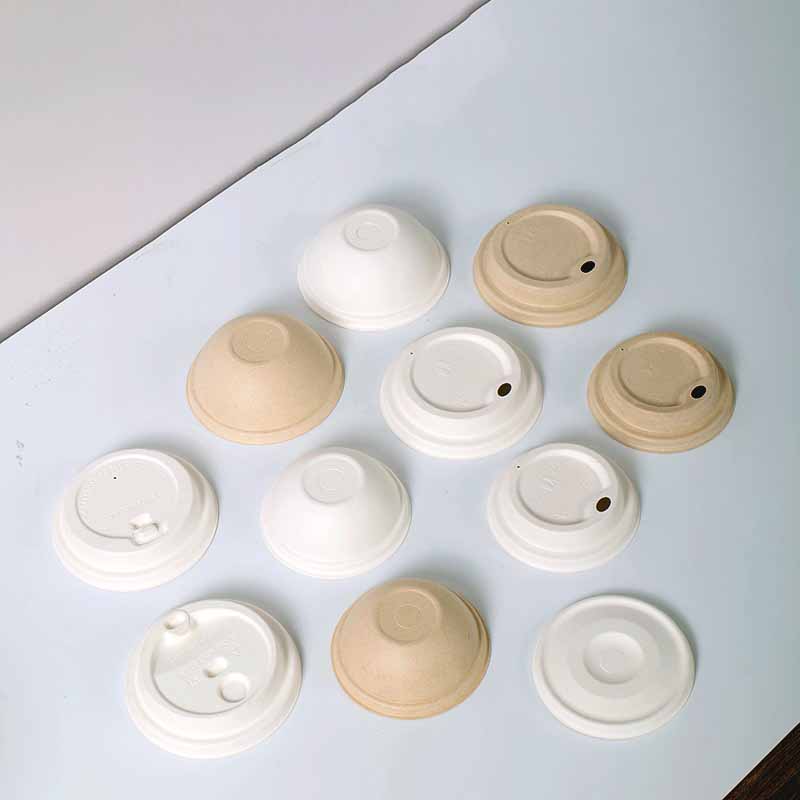
Fortunately, the industry is innovating beyond problematic plastics. One of the most promising alternatives is the sugarcane bagasse coffee cup lid.
What Are Sugarcane Bagasse Lids?
Bagasse is the fibrous byproduct left after extracting juice from sugarcane. Instead of burning this agricultural waste, it can be molded into durable, leak-resistant, and fully compostable coffee cup lids.
Key Benefits of Our Sugarcane Fiber Lids:
🌱 Certified Compostable: Our lids meet international standards (like ASTM D6400) for commercial composting. They break down into nutrient-rich compost within weeks, returning organic matter to the earth and creating a circular lifecycle.
🗑️ Simple End-of-Life: No more confusing recycling rules. Simply place the used lid in a commercial compost bin. It's designed to decompose, unlike "recyclable" plastics that often end up trashed.
♻️ Made from Renewable Resources: Sugarcane is a fast-growing, renewable crop that absorbs CO2 as it grows. Using bagasse gives value to agricultural waste, reducing reliance on fossil fuels.
💪 Durable and Functional: Don't let the eco-friendly nature fool you. Our lids are sturdy, heat-resistant for hot drinks, and provide a secure fit for most standard coffee cups.
Plastic vs. Sugarcane: A Clear Choice for the Planet
When you choose a sugarcane lid, you're making a definitive choice for sustainability:
Plastic Lid: Made from petroleum (a finite resource). Recycling is uncertain and energy-intensive. If littered, it persists for centuries, breaking down into microplastics.
Sugarcane Lid: Made from agricultural waste (a renewable resource). End-of-life is clear: it composts into soil. If littered, it biodegrades naturally without harming the environment.
How to Properly Dispose of Every Type of Lid
Use this simple guide to make the right choice:
For Traditional Plastic Lids (#5 or #6):
1. Rinse and Dry thoroughly.
2. Check if your local program accepts the plastic number.
3. If YES and CLEAN, recycle. If NO or DIRTY, trash.
For Our Sugarcane Bagasse Lids:
1. Use and enjoy your drink!
2. Dispose of it in a commercial compost bin.
3. That's it! You've successfully closed the loop.
Frequently Asked Questions
Are Starbucks cup lids recyclable?
Most are #5 plastic, so the same complicated rules apply: they must be clean and your local facility must accept them. This inconsistency is why the industry needs a shift towards standardized, compostable options like sugarcane lids.
Can I compost sugarcane lids at home?
Our lids are designed for commercial composting facilities, which maintain higher temperatures that ensure rapid and complete breakdown. While they may break down in a home compost pile, it will take longer and we cannot guarantee the timeline or result.
What is the future of coffee lid recycling?
The future lies in compostable materials that eliminate confusion. By standardizing on plant-based options like sugarcane, we can create a clear "compost" stream, reduce contamination in recycling, and build a truly circular economy for foodservice packaging.
Conclusion: Make the Switch to a Greener Sip
So, are coffee cup lids recyclable? For plastic lids, the system is broken. The most reliable and truly sustainable path forward is to embrace compostable alternatives.
By choosing sugarcane bagasse lids, you're not just avoiding landfill waste—you're actively contributing to a regenerative cycle. It's the simplest, most effective way to ensure your daily coffee habit aligns with your values for a healthier planet.
**Ready to make the switch for your business or cafe?** [Contact us today to request a sample of our premium sugarcane fiber lids] and see the difference for yourself. Let's work together to turn the tide on single-use plastic waste.

